-
Focused practice questions for the 2025 HESI Physical Assessment exam
-
Covers essential skills: head-to-toe assessments, vital signs, and more
-
Tailored for aspiring nurses (RN and LPN students) aiming for high scores
-
Streamlined study approach to maximize efficiency and results
-
Your go-to tool for HESI success in 2025
Preview
Which technique does a nurse use to assess hip location of a newborn?
a.
With newborn’s knees flexed, the nurse adducts the legs, then abducts them, moving
the knees apart and down to touch the table.
b.
With the newborn supine, the nurse flexes and extends the hips, and then passively
moves each leg through internal and external rotation.
c.
The nurse holds the newborn in a vertical position with the feet flat on the table and
palpates each hip for location.
d.
With the newborn supine, the nurse measures the length of each leg from the
trochanter to the lateral malleolus (ankle). – – correct ans- -ANS: A
Feedback
A This describes the Barlow-Ortolani maneuver to assess hip location and determine
dislocation.
B This describes an incorrect technique.
C This describes an incorrect technique.
D This describes an incorrect technique.
Which of the following is an important part of performing an abdominal assessment?
A. Completing the assessment as quickly as possible
B. Stopping the assessment if the patient has any tenderness
C. Explaining each step of the assessment to the patient
D. Having the patient breathe normally at all times – – correct ans- -C. Explaining each step of
the assessment to the patient
Explaining each step of the assessment demonstrates respect for the patient and allows the
patient to be informed of the assessment process. Abdominal assessment should be
performed in a thorough manner, not as quickly as possible. Complaints of tenderness from
the patient should be noted, and the complete abdominal assessment should be continued.
For most parts of the assessment, the patient will breathe normally. There are instances
when the patient will need to take a deep breath, such as when assessing the spleen and
gastric air bubble
During a well-baby check for several 4-month-old infants, a nurse recognizes that which
infant needs further assessment of an abnormal finding? a. The infant who is unable to sit
independently
b. The infant whose head circumference and chest circumference are equal
c. The infant whose weight has doubled since birth
d. The infant whose length falls in the 90th percentile on growth charts – – correct ans- ANS:
B
Feedback
A This is not an expected motor skill for a 4-month-old; it is expected at 6 months of age.
B At four months of age, the head circumference should be larger than the chest
circumference.
C This is a normal finding; infants generally double their birth weight by age 4 to 5 months.
D This is not an abnormal finding, especially if weight is normal; the height of the parents
should also be considered.
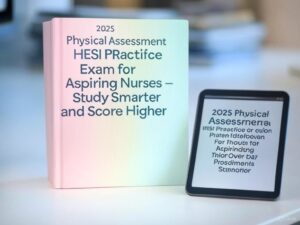
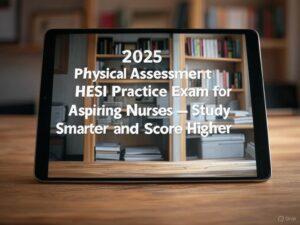



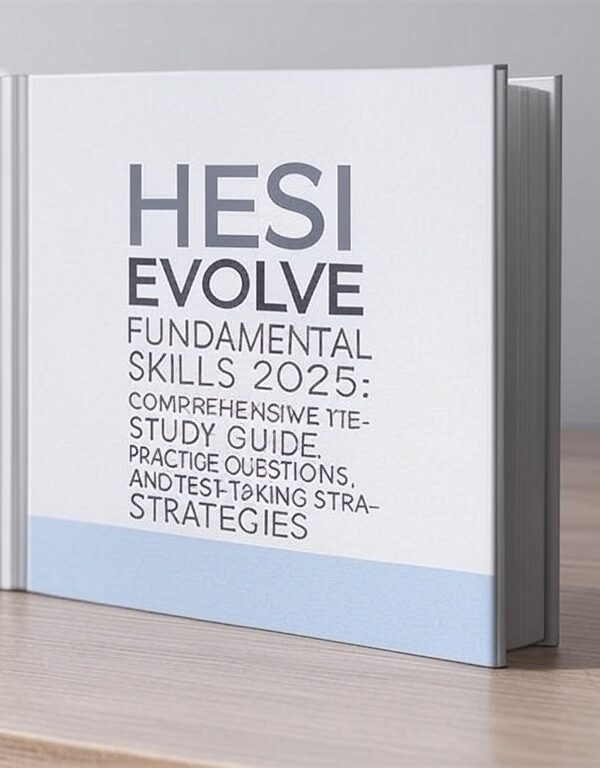
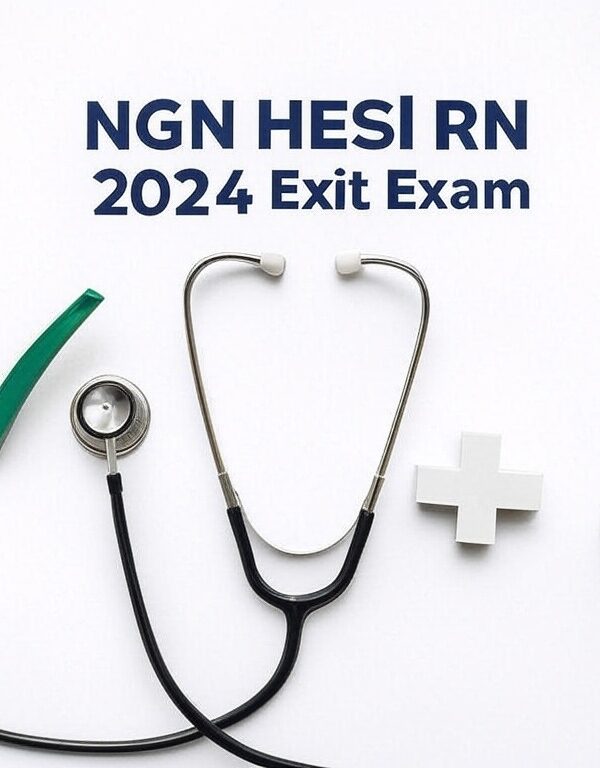
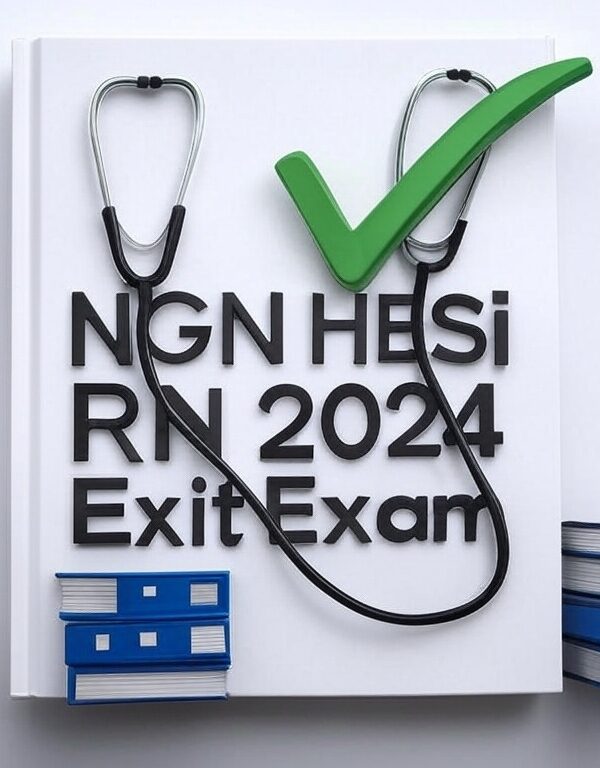

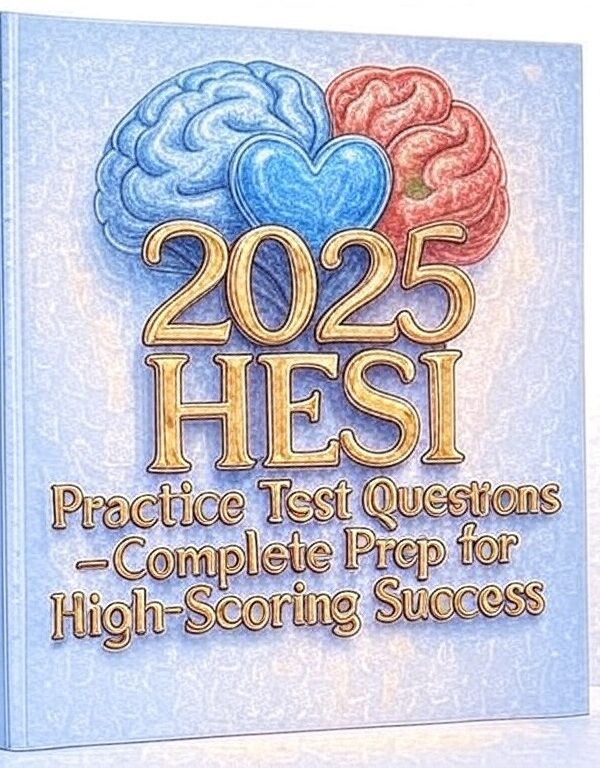


Reviews
There are no reviews yet.